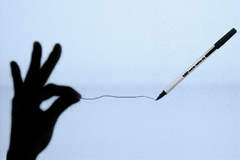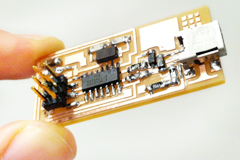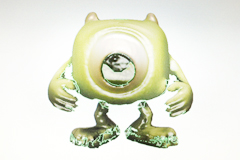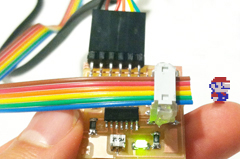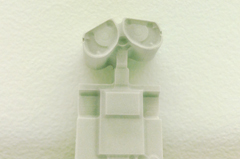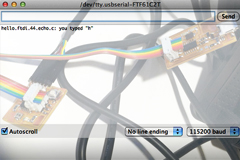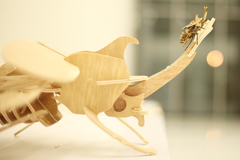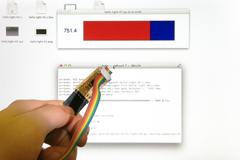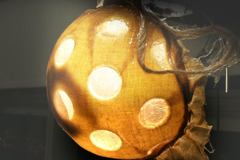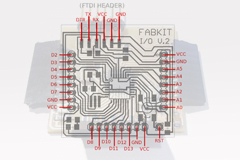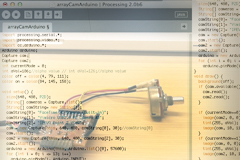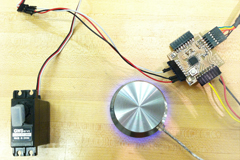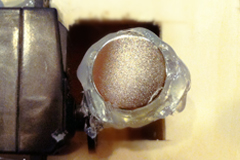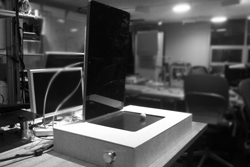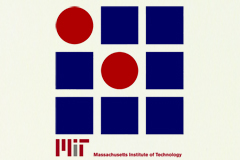 |
||||||||||||
| HOW TO MAKE (ALMOST) ANYTHING MAS.863.12 |
|
PROJECTS | ABOUT | CONTACT | ||||||||
 |
||||||||||||
|
|
|||||||||||
| FINAL PROJECT PROPOSAL - week1 | ||||||||||||
Malleable Ink What if we can directly manipulate drawings and sketches on a piece of paper by grabbing the strokes with your fingers? The idea is to create an interactive malleable ink to help designers edit contents on traditional media platforms in a very imaginative and expressive way. The modern technology has been changing the work styles in many different domains. Notably, the extensive usage of computer has changed the conventional architectural/design work settings drastically over the last decade. For example, it is very hard to find traditional architect’s desk at design studios nowadays. However, even today, architects and designers still use the traditional media, pen (pencil) and paper especially during the earlier stage of the design process. For refinement of the design, the created content would be transferred into digital format. One problem with this design procedure of shifting from traditional media to digital work platform is its unidirectional aspect. Once a sketch is translated into a digital format, say illustrator’s .ai or 3D Studio Max’s .3ds, everything is done computationally unless the user prints out the content or build models based on the file. My hypothesis is that integration of these separate workflows in one platform may enhance the creative process of a designer. Related Work There are commercial products such as Wacom’s inkling that can transfer the pen strokes into vector format instantly when users write on a piece of paper. Although, this is extremely efficient for capturing the stroke data in digital form, the product does not provide real-time CAD type of editing to the user. There have been many HCI researches that use the motif of the traditional media, pen and paper in its design. For example, Pierre Wellner’s Digital Desk was built around an ordinary physical desk and allowed users to create CAD contents. VoodooSketch from Lanscaster University utilizes pen and paper for creating interactive buttons or bars. Conté: Multimodal Input Inspired by an Artist’s Crayon uses a square prism-shaped drawing stick as a multi-touch input for drawing on a screen. Most of computational support for sketching in design in HCI research focuses on creating more efficient computational visualizations to help people draw better or more effectively. For example if you draw an imperfect circle, the system will automatically generate perfect shape for you. However, many of these projects are not designed to support the inspirational aspect of the creative process in the initial stage of sketching. In architecture, animation, and industrial design, construction lines or random strokes created during the process of rough sketch are helpful for getting inspirations. |
||||||||||||
 |
||||||||||||
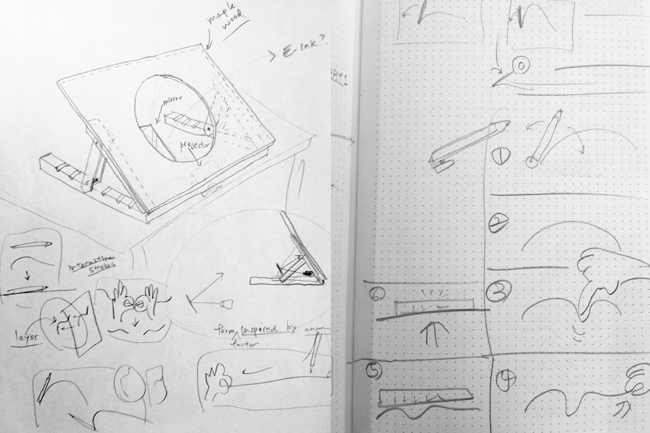 |
||||||||||||
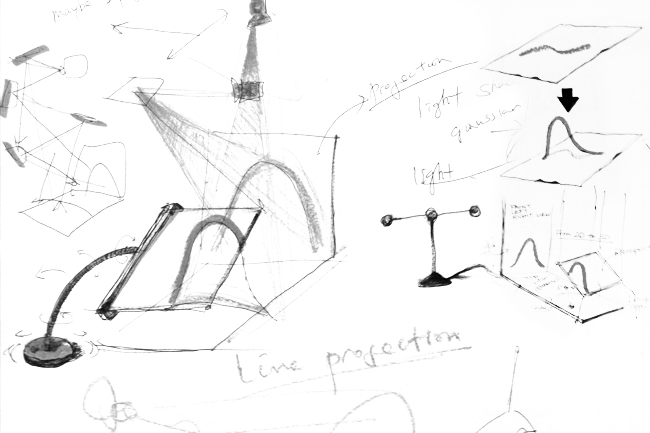 |
||||||||||||
| The Proposal | ||||||||||||
| For the final project of How To Make (almost) Anything course, I would like to make a special workbench for people who draw professionally. In earlier stage of sketching, I want to allow designers to edit their strokes without having to scan his/her drawings. For example if a designer draws something on a piece of paper, he/she would simple pinch his/her content and stretch or move it around to modify his/her design. Inspired by clay art, I’d like to allow the user to craft the drawn content with hands and physical tools. The plan is to embed all the technical components in a portable workbench that looks like a traditional animator’s desk. | ||||||||||||
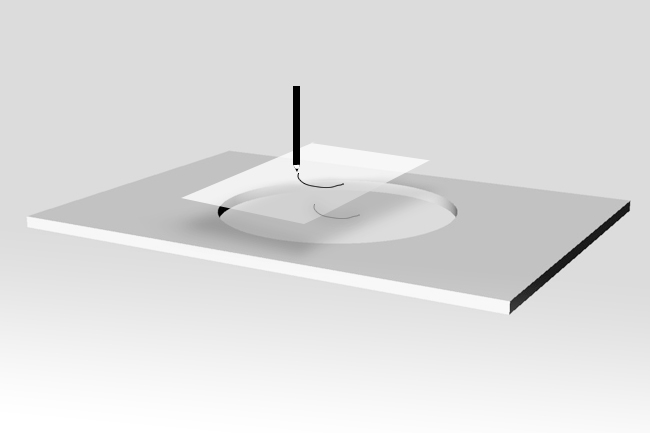 |
||||||||||||
| Copyright © 2012 by AUSTIN S. LEE | ||||||||||||
